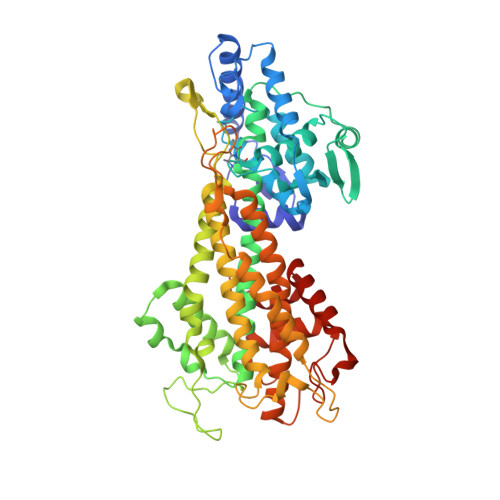Zymophore identification enables the discovery of novel phenylalanine ammonia lyase enzymes.
Weise, N.J., Ahmed, S.T., Parmeggiani, F., Galman, J.L., Dunstan, M.S., Charnock, S.J., Leys, D., Turner, N.J.(2017) Sci Rep 7: 13691-13691
- PubMed: 29057979
- DOI: https://doi.org/10.1038/s41598-017-13990-0
- Primary Citation of Related Structures:
5LTM - PubMed Abstract:
The suite of biological catalysts found in Nature has the potential to contribute immensely to scientific advancements, ranging from industrial biotechnology to innovations in bioenergy and medical intervention. The endeavour to obtain a catalyst of choice is, however, wrought with challenges. Herein we report the design of a structure-based annotation system for the identification of functionally similar enzymes from diverse sequence backgrounds. Focusing on an enzymatic activity with demonstrated synthetic and therapeutic relevance, five new phenylalanine ammonia lyase (PAL) enzymes were discovered and characterised with respect to their potential applications. The variation and novelty of various desirable traits seen in these previously uncharacterised enzymes demonstrates the importance of effective sequence annotation in unlocking the potential diversity that Nature provides in the search for tailored biological tools. This new method has commercial relevance as a strategy for assaying the 'evolvability' of certain enzyme features, thus streamlining and informing protein engineering efforts.
- School of Chemistry, Manchester Institute of Biotechnology, University of Manchester, 131 Princess Street, Manchester, M1 7DN, United Kingdom.
Organizational Affiliation:


















